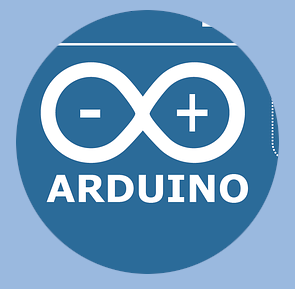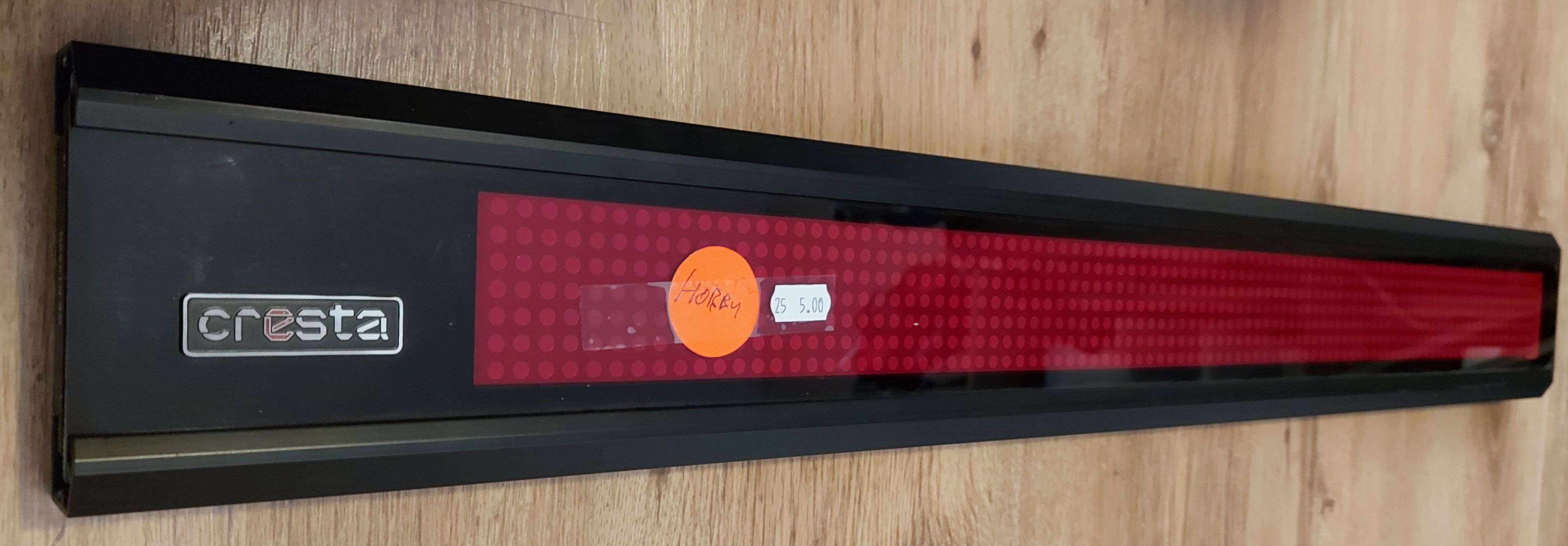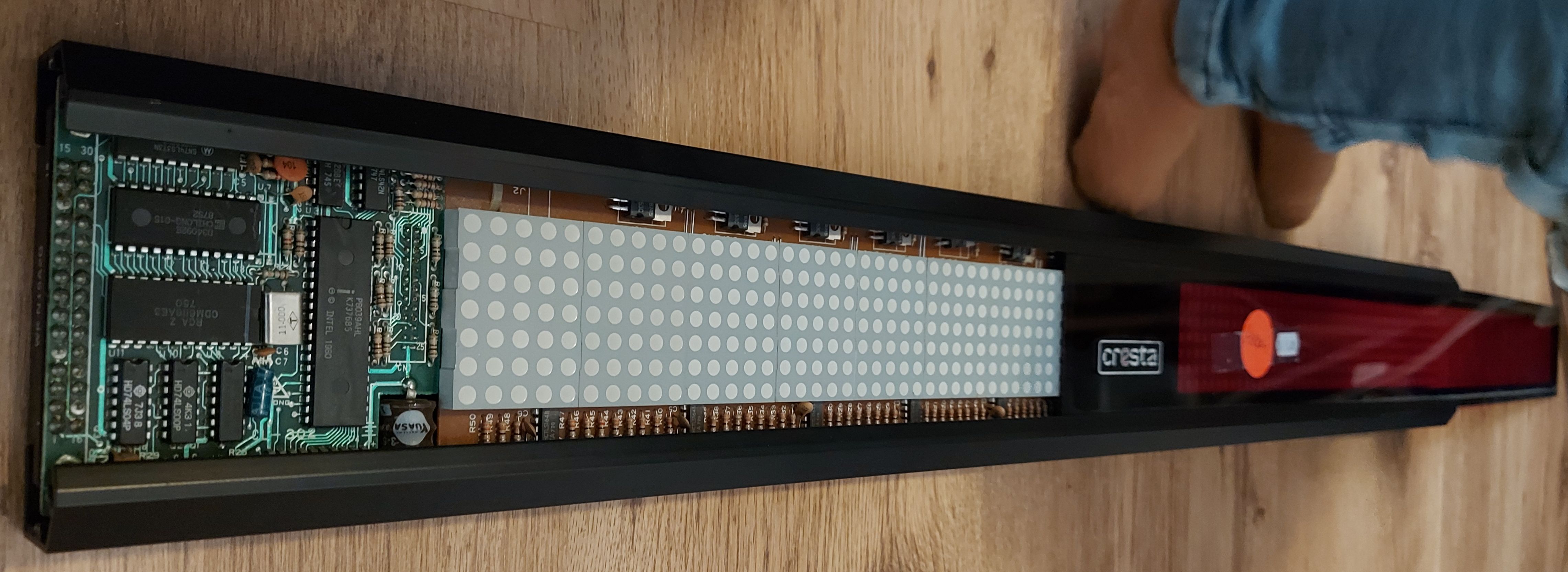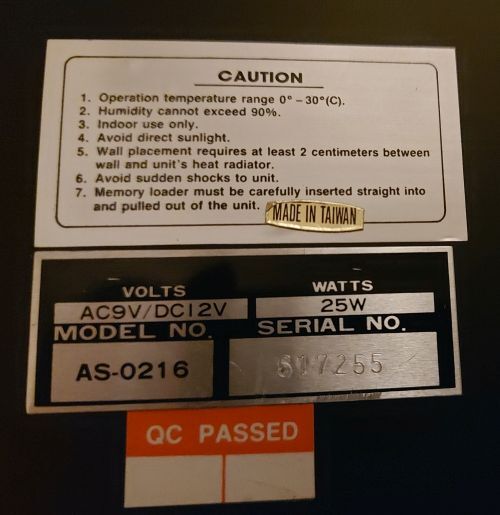i found this lightbox without keyboard at the second hand store. i thought i’d see what i could do.
There’s hardly any info on the Cresta AS-0216.
The websites i found, looking like the same (or similar) device;
- a Chilong “Ad-Pro AS-0216” https://www.amazon.com/AD-PRO-AS-0216-PROGRAMMABLE-LED-SIGN/dp/B00UDNDG6O
- a Brandless AS-0216 https://www.elektroda.pl/rtvforum/topic1584838.html
- This blog https://www.circuitsonline.net/forum/view/30396/1#highlight=cresta in search for AS-0216 material refers to http://www.kingpul.com.tw/ but that domain is no longer active.
- “Kingpul” brand website can only be seen via the internet-archive; https://web.archive.org/web/20051214082253/http://www.kingpul.com.tw:80/rh216r.htm lists the type “RH-216R” which seems comparable. But no manual is downloadable
- “Sigma ASC 333” is mentioned here https://www.hetlab.tk/artikelen/lichtkrant-protocol and states it is similar to the “Cresta RH-0214CR”. This one has software for windows 95 available, and i could download the manual (via https://web.archive.org/web/20160904131325/http://anseyang.myweb.hinet.net/214CR.htm )
- https://elektrotanya.com/sigma_asc_333,as226_fenyujsag_software.zip/download.html It refers to this Kingpul site as well (only still internet archive) https://web.archive.org/web/20160904131325/http://anseyang.myweb.hinet.net/214CR.htm
- Someone tried some things on an AS-0216 http://www.nerdkits.com/forum/thread/1256/
- “HiTech AS-0216” is also one of it’s names; https://forum.arduino.cc/t/controlling-a-old-school-led-message-sign-hitech-as-0216-with-a-uno/367646
There’s a blog about a repair of a Cresta-0216;
- https://www.markgrob.nl/2021/04/cresta-as-0216-repair/comment-page-1/ But that device has a different print than mine.
My device looks like this (pictures can be enlarged by clicking):
i’ll be posting some update if i have them







Replaced the original board with Arduino Nano
After having an idea of how the logic worked, i connected the Arduino (impressive size difference!)
Result
At the moment, it’s a fixed text dancing over the screen.
The flatcable has the following pins;
The nano is said to be protected for connecting both USB and +5v power source simultaneous (the UNO isn’t)
Basically, how the program works;
I’m having memory shortage in the Nano, mostly because of the ascii-font table. Also, the cpu power is quite limited. Any extra work immediately affects the scrolling speed. e.g. performing a math.sin() for each column slows down the so much that the display to flicker. Doing a webserver task as well, will not work.
i’m investigating a NodeMCU ESP8266 board, as it also support creating a Wifi Access Point(AP). An AP would allow for configuration by web-browser. But it seems the NodeMCU board doesn’t have proper General Purpose I/O-pins. They all seem to be affected at boot… https://rabbithole.wwwdotorg.org/2017/03/28/esp8266-gpio.html
Here’s a picture from that website to remember: